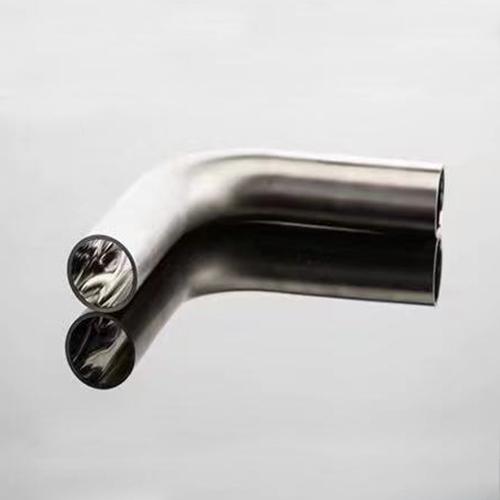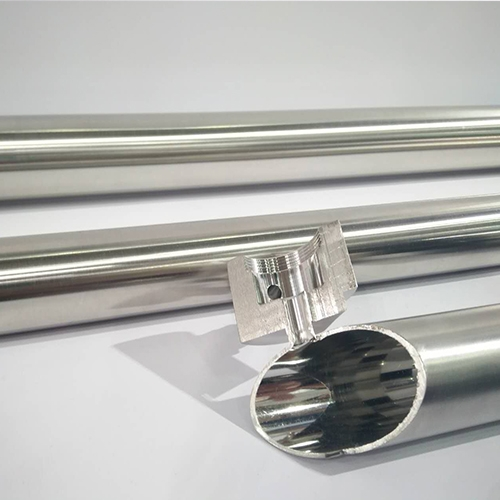Recyclable and sustainable stainless steel
Since its first introduction in 1915, stainless steel has been widely chosen for use in a variety of industries due to its excellent mechanical and corrosion properties. Now, as more and more emphasis is placed on choosing sustainable materials, stainless steel is gaining significant recognition due to its excellent environmental properties. Stainless steel is 100% recyclable and typically meets the life requirements of a project with excellent life recovery rates. Additionally, it is important to recognize that while there is often a difficult choice to be made between implementing a green solution and implementing a cost-effective solution, stainless steel solutions often offer the luxury of both.
Recyclable stainless steel
Stainless steel is 100% recyclable and will not degrade. The process for recycling stainless steel is the same as producing it. In addition, stainless steel is made from many raw materials, including iron, nickel, chromium and molybdenum, and these materials are in high demand. All these factors combine to make recycling stainless steel very economical and thus lead to extremely high recycling rates. A recent study by the International Stainless Steel Forum (ISSF) shows that approximately 92% of stainless steel used in building, construction and construction applications around the world is recaptured and recycled at the end of service. [1]
In 2002, the International Stainless Steel Forum estimated that the typical recycled content of stainless steel is about 60%. In some cases, this is higher. Specialty Steel Industries of North America (SSINA) states that 300 series stainless steel produced in North America has a post-consumer recycled content of 75% to 85%. [2] While these numbers are excellent, it’s important to note that they are not the reason for higher. Stainless steel tends to have a long life in most applications. Additionally, demand for stainless steel is higher today than in the past. Therefore, despite the high recycling rate of stainless steel, the current life of stainless steel in pipelines is not sufficient to meet today’s production needs. This is a very good question.
Sustainable stainless steel
In addition to having a proven track record of good recyclability and end-of-life recovery rates, stainless steel meets another important criterion for sustainable materials. If the appropriate stainless steel is selected to match the corrosive conditions of the environment, stainless steel can often meet the lifetime needs of the project. While other materials may lose their effectiveness over time, stainless steel can maintain functionality and appearance for an extended period of time. The Empire State Building (1931) is a great example of the superior long-term performance and cost-effectiveness of stainless steel construction. The building has experienced heavy contamination in most cases, with very low cleaning results, but the stainless steel is still considered to be in good condition[iii].
Stainless steel – the sustainable and economical choice
What’s particularly exciting is that considering some of the same factors that make stainless steel an environmental choice can also make it an excellent economic choice, especially when considering the lifetime cost of the project. As mentioned previously, stainless steel designs can often extend the life of a project as long as the appropriate stainless steel is selected to meet the corrosion conditions of a specific application. This, in turn, increases the value of the implementation compared to materials that do not have long life. In addition, stainless steel for industrial projects can reduce life cycle maintenance and inspection costs while reducing production downtime costs. In the case of construction projects, the right stainless steel can withstand some harsh environments and still maintain its beauty over time. This can reduce lifetime painting and cleaning expenses that may be required compared to alternative materials. In addition, the use of stainless steel contributes to LEED certification and helps increase the value of the project. Finally, at the end of the project’s life, the remaining stainless steel has a high scrap value.
Post time: Mar-26-2024



